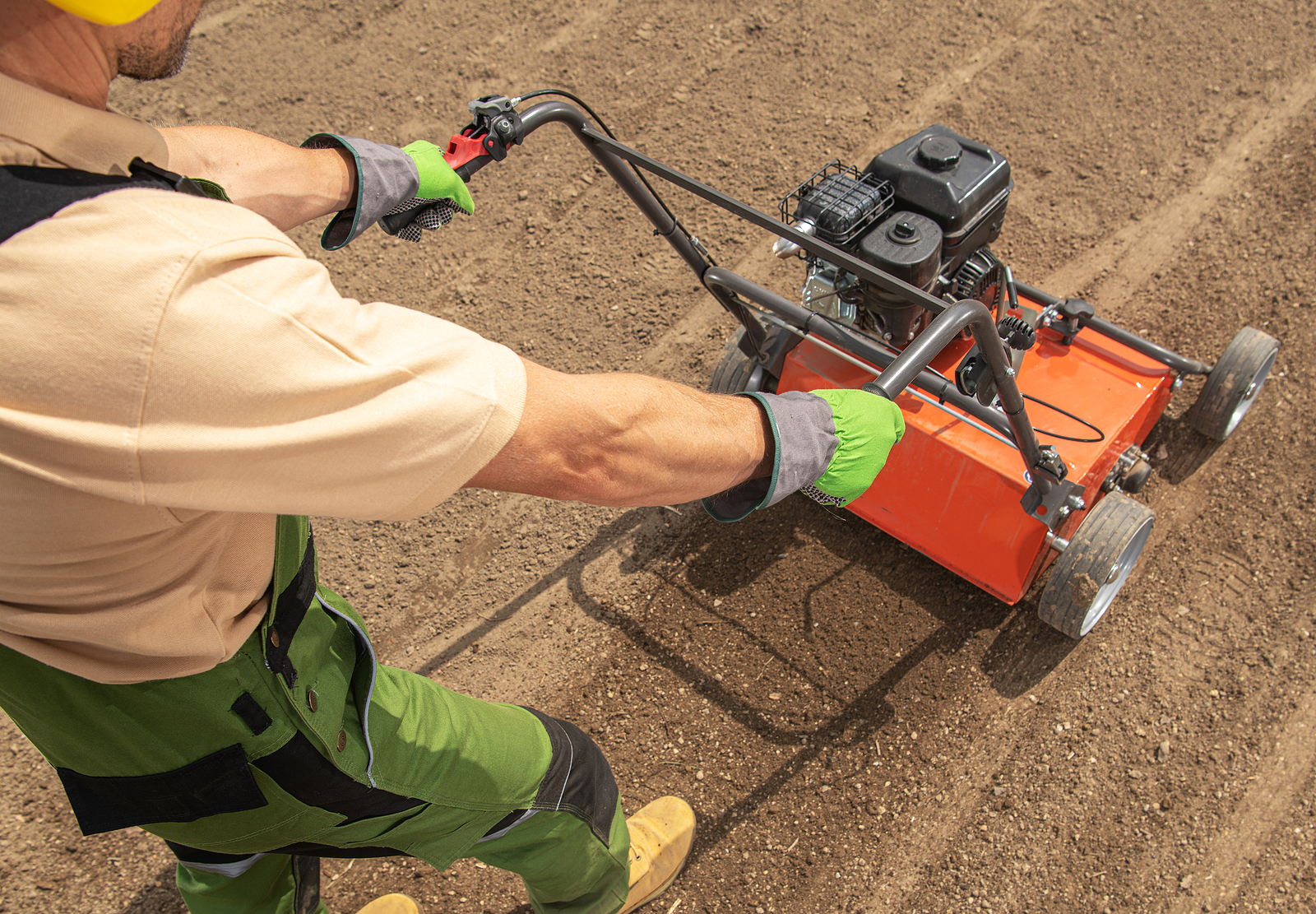Just when you thought time spent working on your landscape was coming to an end as we approach the cooler season, along come the experts.
The period from late summer and early fall, they claim, is the best time of year to do one last lawn-care maintenance task: aeration.
Now, there are caveats, of course, and not all lawn-care specialists agree on when to aerate a lawn.
If your lawn is composed of cool-season grass, now is the ideal time to aerate. If, on the other hand, you grow warm-season grass, they claim, is best aerated in late spring.
What is aeration?
Many homeowners don’t understand that there is a difference between dethatching a lawn and aerating it.
While both are critical to the health of the turf, they are two different processes, requiring different tools.
“… aeration results in the breakdown of compacted soil whereas dethatching removes layers of thatch, or dead grass and other debris, from the top of the soil,” according to the pros at sodsolutions.com.
In a nutshell, aeration involves punching holes in the turf to allow air, nutrients and water to penetrate the soil.
What happens if you don’t aerate your lawn?
Think back to any spring and summer rains you experienced. Was the lawn covered in puddles of rainwater?
That’s because the soil under the grass is compacted and the water has nowhere to go.
Sure, you can leave the standing water; it will drain eventually, right?
In the meantime, however, it may provide a breeding spot for mosquitos. Standing water also prevents grass from growing “… properly, … leaving the area vulnerable to moss growth,” according to landscaping expert David Beaulieu, at thespruce.com.
“Excess water can even lead to problems with your home’s foundation,” he concludes.
The benefits of lawn aeration
We lightly touched on a few of the benefits of lawn aeration, but here’s the “official” list from the experts at trugreen.com:
- Aeration lets the soil “breathe.”
- Aeration encourages “… thatch-decomposing microorganisms …” to move from the soil to the top layer.
- The process allows more air, nutrients and moisture into the soil, providing the lawn with greater access to these important elements.
- Aeration helps develop new, healthy roots after a tough, hot summer, making it “…ready for a green spring.”
How to Aerate Your Lawn
While many homeowners hire a landscaping company to aerate the lawn, it is an easy DIY project.
You’ll need a aerator, of course, and they’re available to rent at big home improvement stores such as Lowe’s and Home Depot. Ensure that you understand exactly how to use the tool and all the safety information the store can supply.
- Check to ensure that sprinkler heads or other lines won’t be run over or otherwise damaged during the process. Mark areas of concern so that you can keep away from them while aerating.
- Mow the lawn and apply an inch of water the day before you’ll be aerating.
- Go over the lawn again, removing any debris, such as twigs and large leaves.
- One pass is all you’ll need if the soil is lightly compacted. Heavily compacted soil may need an additional pass.
- Allow the soil plugs to remain on the lawn (they’ll add nutrients to the lawn as they decompose).
- Water the lawn again when you’ve finished aerating it and then water again every three days for two weeks.






